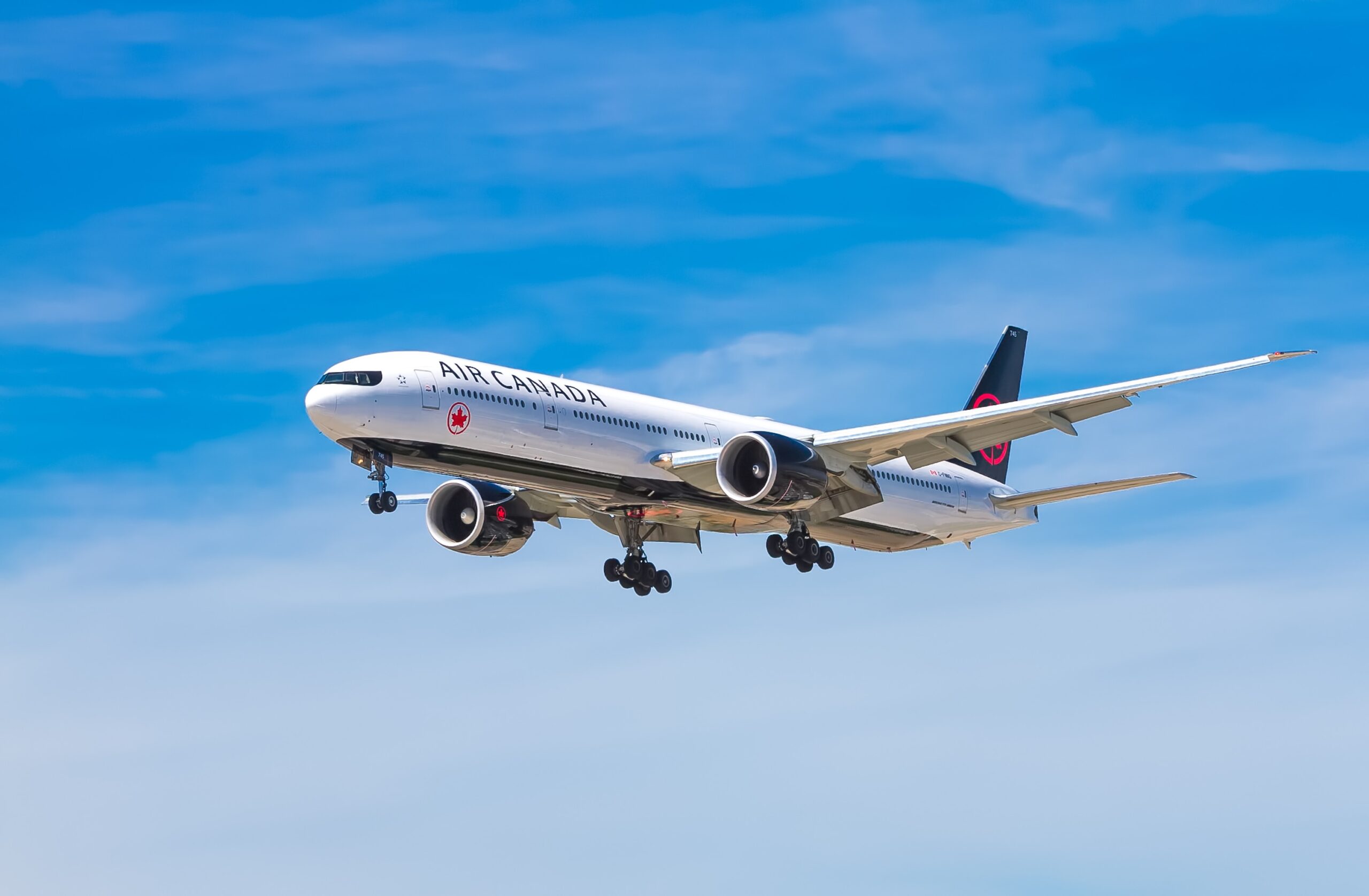The aviation industry has been pushing the boundaries of technology in regards in recent times. From the use of generative Artificial Intelligence (AI) and a robotic worm for aircraft inspection to the use of sustainable aviation fuels (SAF) and hydrogen fuel technology, the industry is making strides towards excellence.
These advancements are not only helping the end-users (customers) but also making aviation processes and methods more efficient and easy on the environment. Simple Flying briefly highlights some of the technological breakthroughs in recent months that have a potential to revolutionize the aviation industry in the future.
AI-powered platforms
More and more airports are implementing AI-powered digital platforms that assist passengers from check-in all the way to their flight and afterward. These platforms are dynamic in nature, meaning they can interact with the traveler while providing solutions to their needs. The Expedia Group is integrating ChatGPT technology into its property amenities feature which would enable travelers to communicate with the application.
Other travel sites are also bringing dynamic travel guides with AI-powered conversation capabilities. Such platforms have a huge potential to maximize customer travel satisfaction, as these leverage AI generative technology.
GE’s worm-inspired robotic inspector
The US-based engine manufacturing giant GE Aerospace has developed a robotic worm capable of performing on-wing engine inspections and repairs. Jet engines are complex machines that require periodic maintenance and repair. With tens of thousands of parts and complex assemblies, engines have to be disassembled (depending on the work scope) for inspection and repairs.
GE’s new soft robotic inchworm can do the job without needing engine removal from the wing. The Sensiworm features high-power sensors and cameras to detect defects and damages in the internal components of the engine. The robot provides real-time data and views of the engine to mechanics and technicians.
The technology eliminates the need for engine removal before identifying the problem, thereby reducing engine downtime and increasing inspection and maintenance efficiency by multiple folds. The technology also aids in optimizing the operational performance of the engine.
Hydrogen-powered jet
A French startup company, Beyond Aero, is developing a business jet that will solely be powered by hydrogen fuel. The company is working on hydrogen fuel cell technology as an alternative to conventional kerosene-based fuels. The company will conduct flight tests on its single-engine jet later this year. Designed to have a range of up to 800nm, the jet can accommodate up to eight passengers.
Supersonic passenger flights
After the demise of Concorde in 2003, the aviation industry has been keen to explore the possibility of reviving supersonic air travel. NASA is working hard with its partners to establish a supersonic flight that can reduce travel time by over 80%. NASA’s X-59 supersonic aircraft program is working towards making Mach 2 to Mach 4 flight possible.
NASA aims to begin ground tests on its supersonic jet and provide aircraft data to the regulatory authorities, including the Federal Aviation Administration (FAA), by 2027. Both Boeing and Airbus are also looking at ways where supersonic travel can be done safely and economically while considering societal and environmental factors.


0 Comments